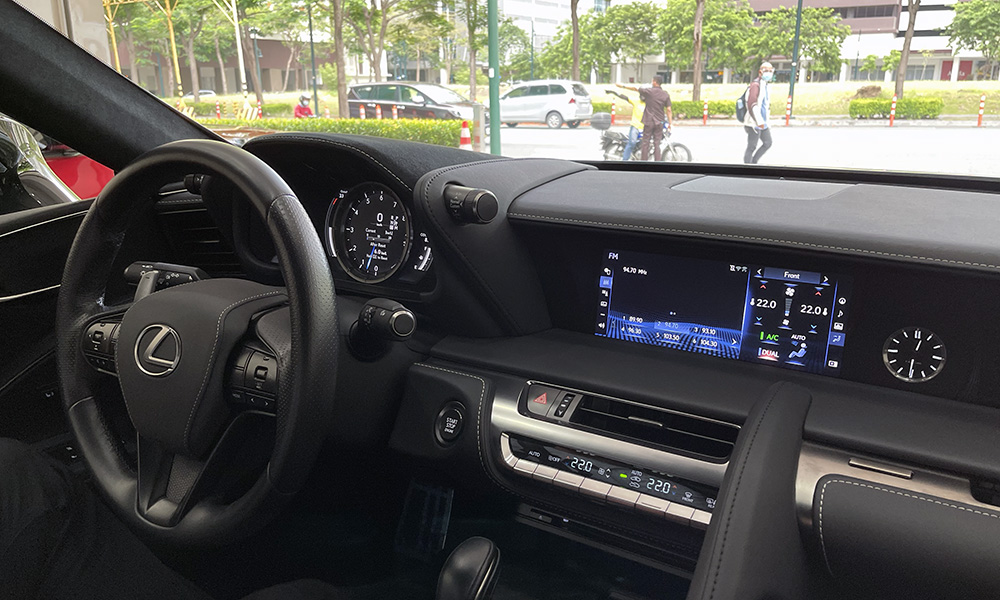
We’re living in a time when it looks like everything we use needs to have a screen, even on appliances like our refrigerators.
In the case of automobiles, touchscreen displays have actually been around since the 1980s, with the 1986 Buick Riviera being the very first car to introduce that tech. We’ve since come a long way. We now have multiple displays spanning the width of the dashboard.
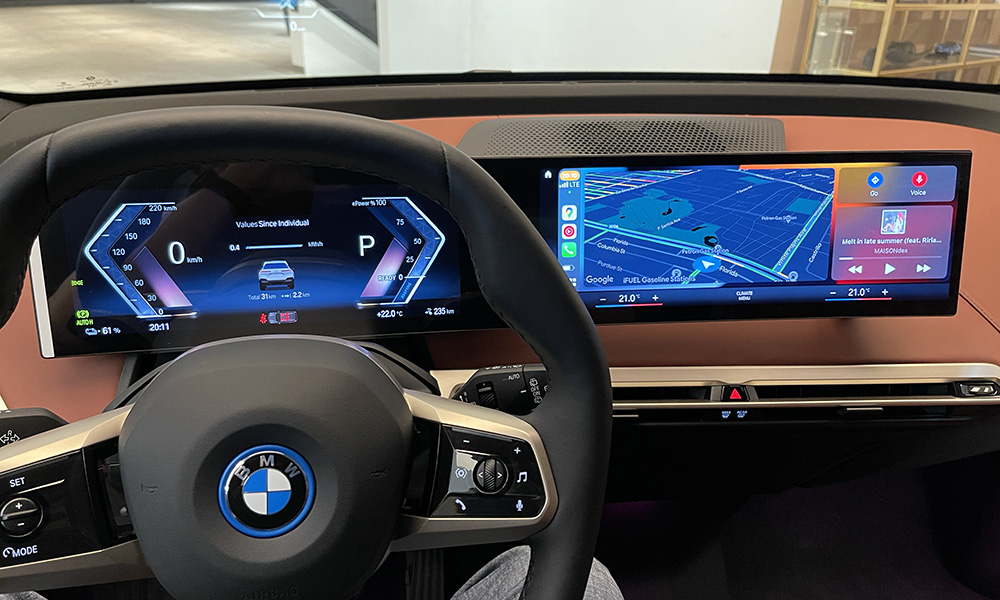
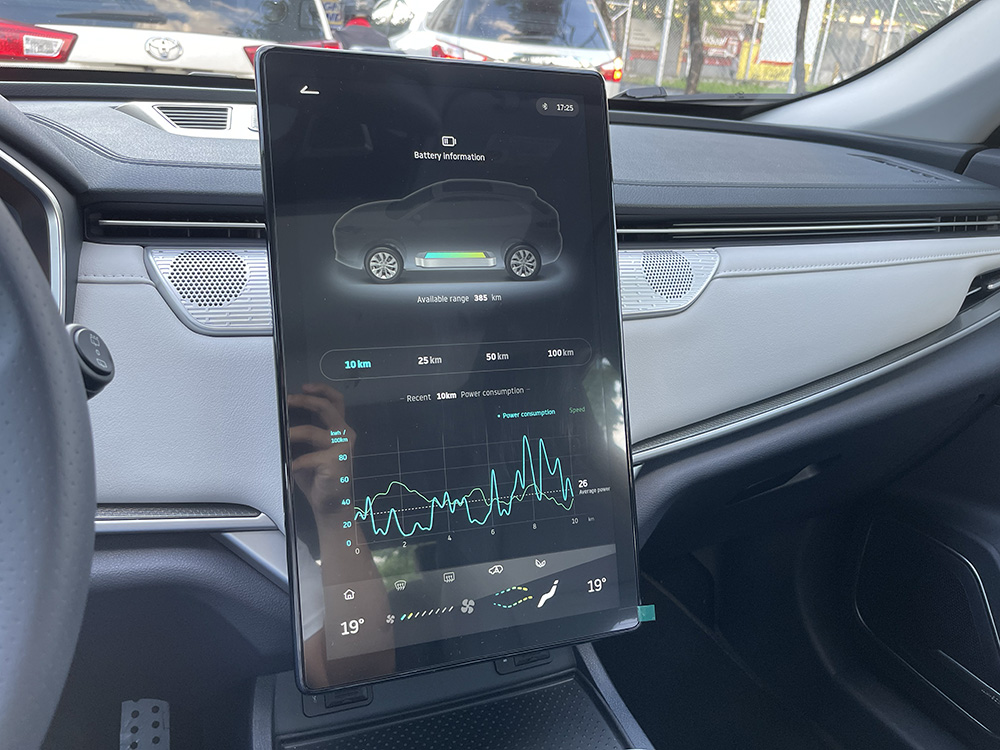
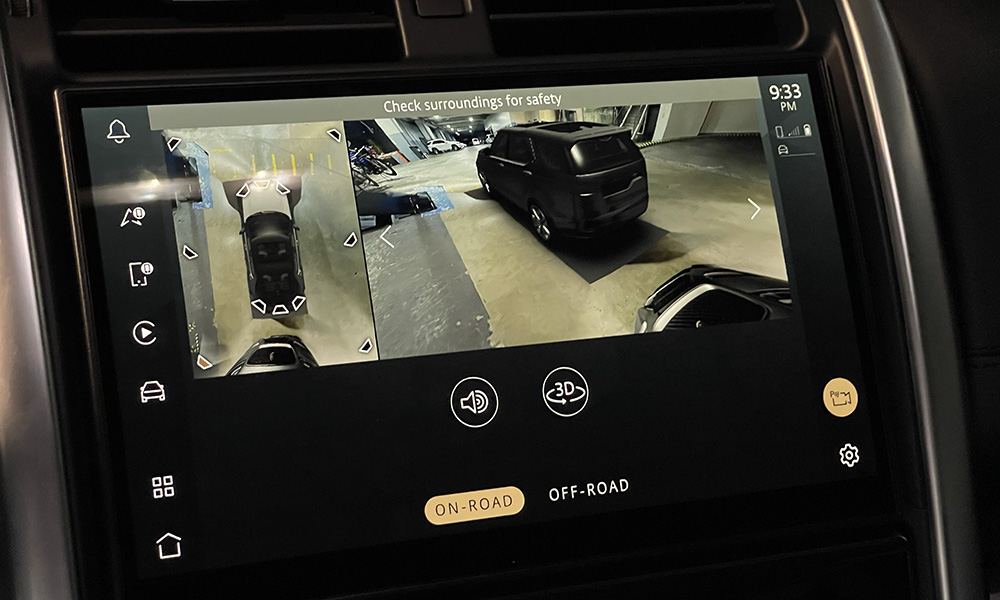
Browse the Internet (or our website) and you’ll come across cars launched in the past five years, mostly with their screen sizes as main spec points. There are cars in our market with portrait screens as big as laptops.
At first, I honestly didn’t mind, as having larger screens is great for viewing directions, seeing camera feeds, and making it easier to get your information without having to go through plenty of pages.
But the problem is that more and more features are being crammed into these displays. If you’re not disciplined enough, you’ll most likely end up distracted, and you’ll use these screens a little too much on the road.
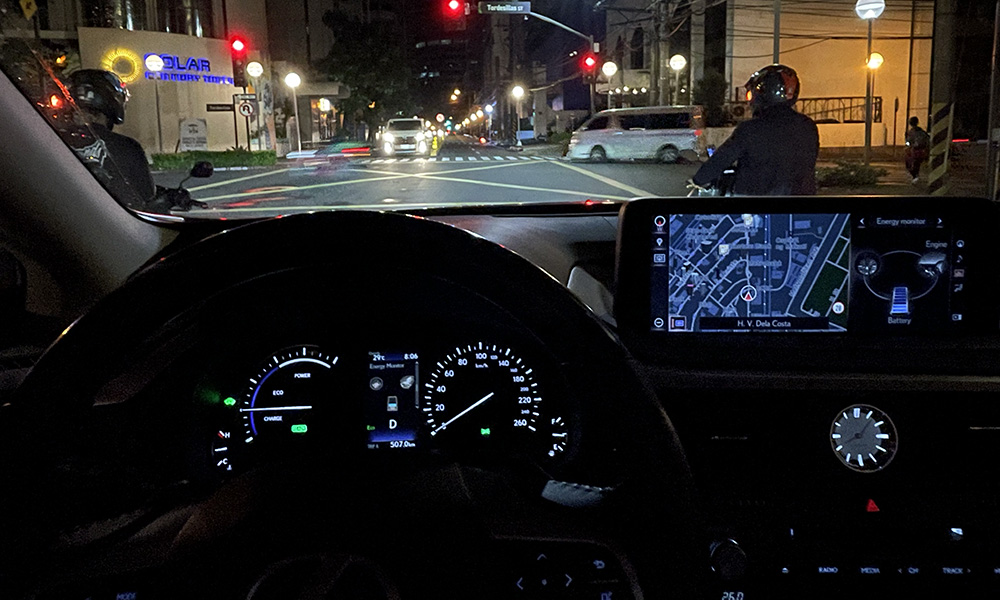
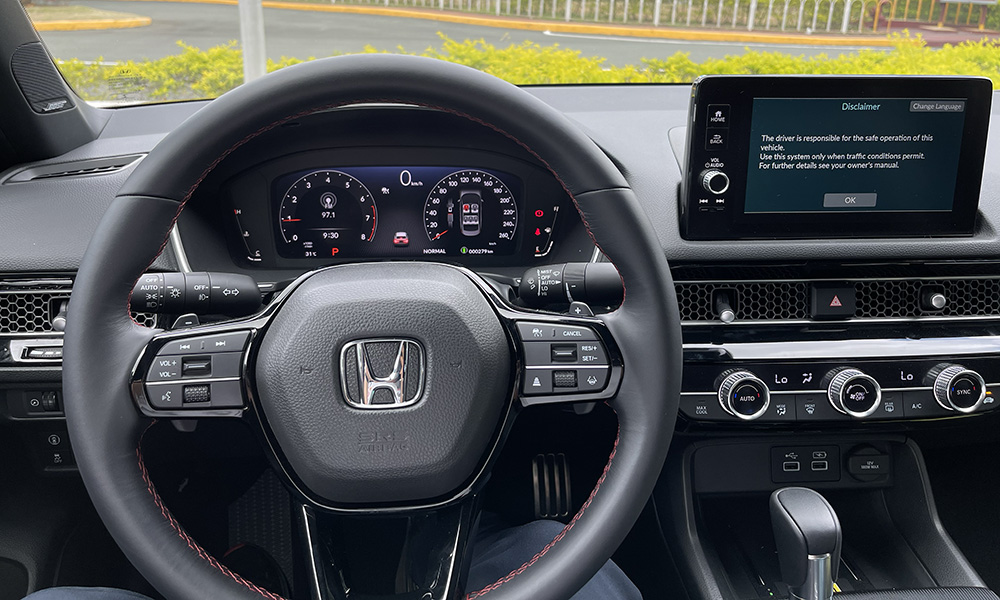
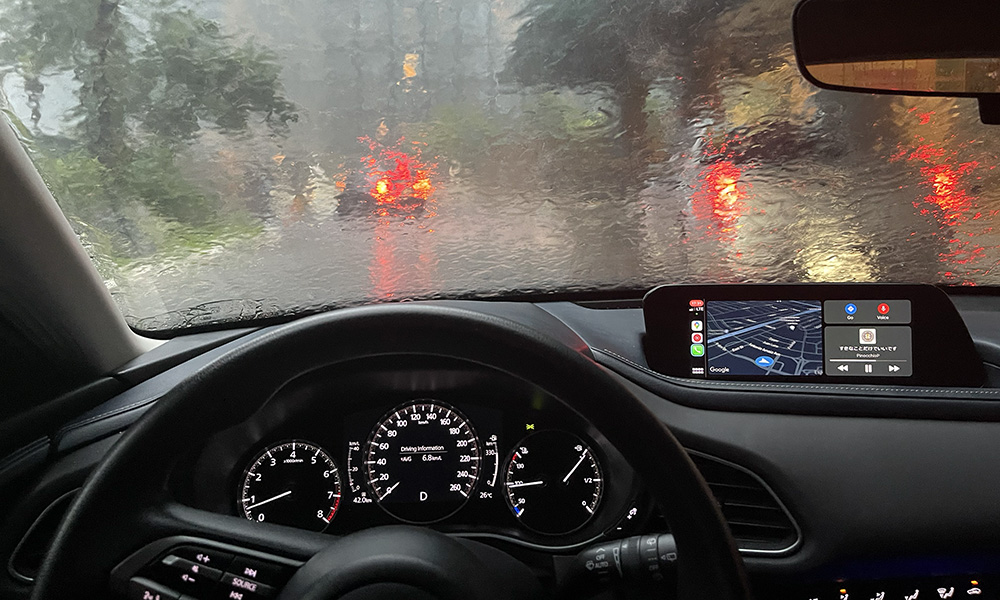
“So, what do you propose?”
First, screens need to stop growing in size. We can agree to disagree, but I think anything from eight to 10.25 inches should be the sweet spot for ease of use, especially if the space is used well and there are no massive bezels.
I like how newer Mazdas and older Lexus models would position these screens near eye level (and away from the driver), so you only need to glance at them rather than purposely look down to get your needed information.
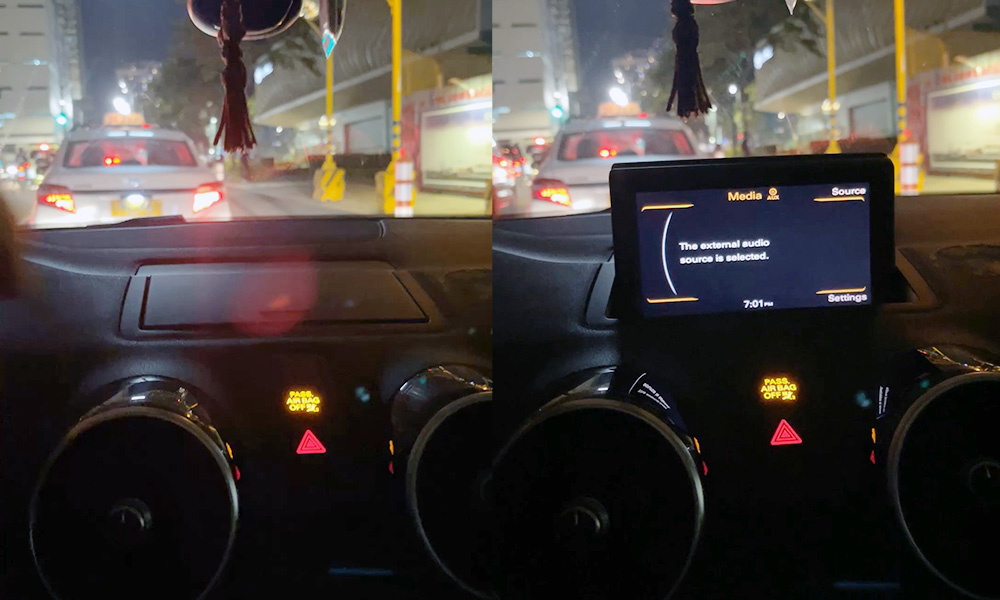
My favorite implementation would have to be the one in the Audi A1, where the screen could be deployed by pushing down on it, and then you can repeat it to hide it once you’re done for a distraction-free drive.
Yes, that’s another part to break in the long run, but it’s nice to stow the screen away when you don’t need it. Sadly, we won’t be seeing something like this. Alternatively, you can turn your screen off, but for some cars, you’ll have a big ‘tombstone’ or tablet jutting out of your dashboard.
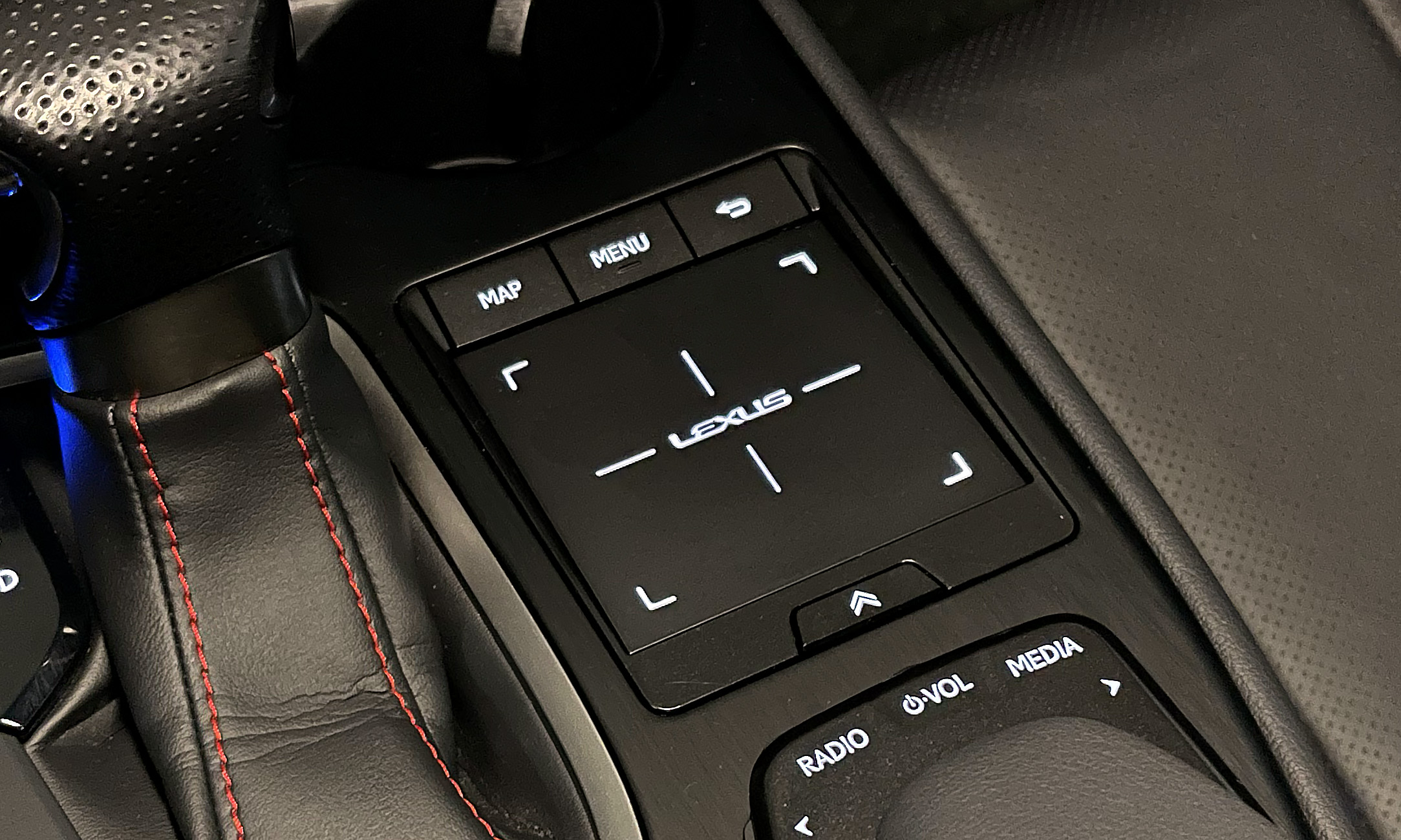
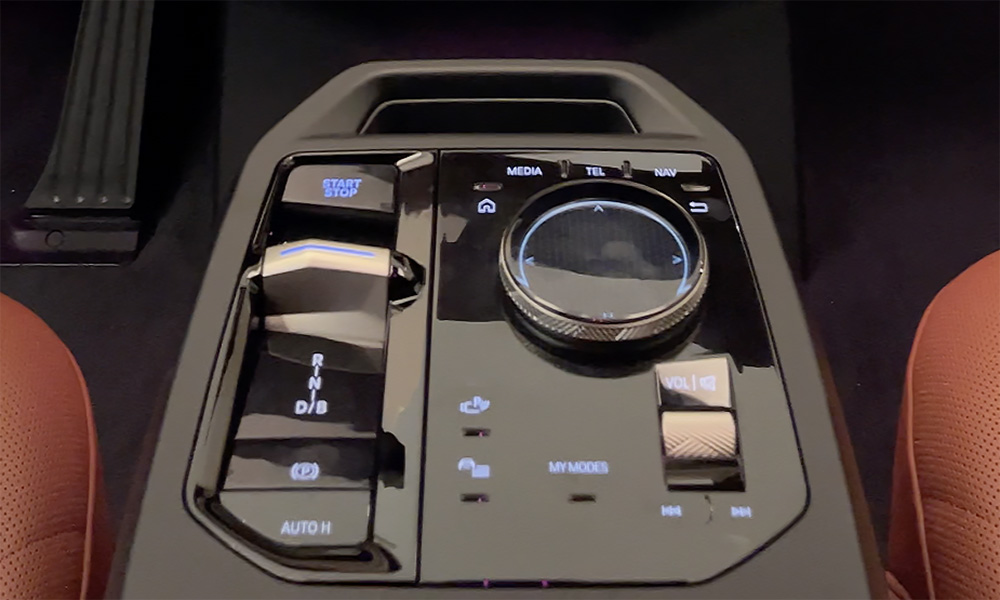
Second, if possible, use a controller that will allow you to operate the infotainment without having to reach over to prod at something.
Some other manufacturers use rotary knobs, touchpads, or even joysticks. This is a safer and more intuitive way to control an interface, provided that the user experience is designed well enough to not be frustrating. But a lot of these manufacturers are phasing them out for purely touch-operated interfaces.
And if you’re saying that these only apply to higher-end cars, well, you have other options, too, like disabling the touchscreen when the car is in motion. While this will make text entry hard if you suddenly need to add a new stop or destination, this is where voice control comes in.
It may not work for all accents or languages, which is why developers are working to continually improve the software. Or you can ask your passenger to input the destination on your phone (if you’re using Apple CarPlay/Android Auto).
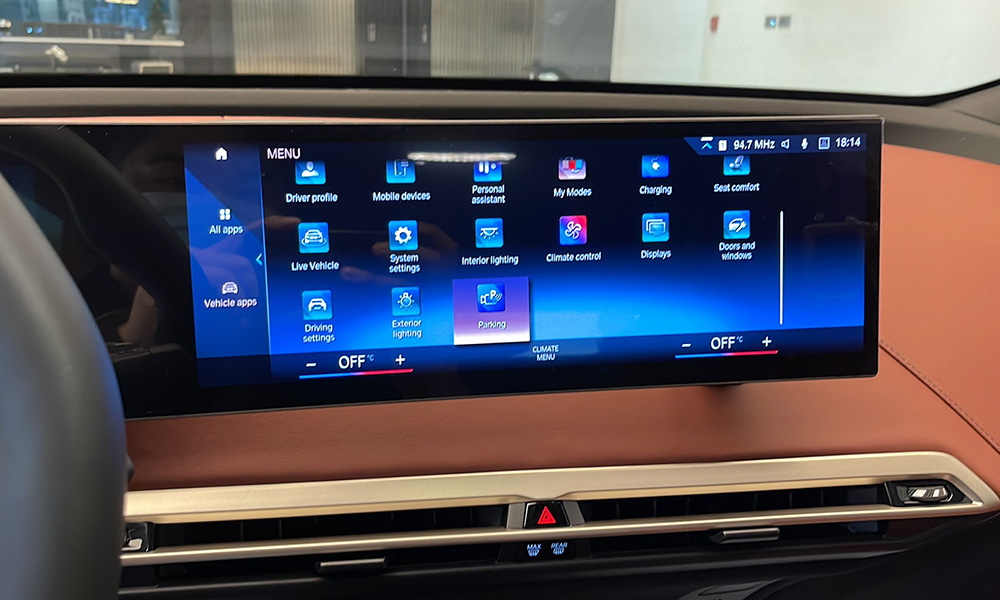
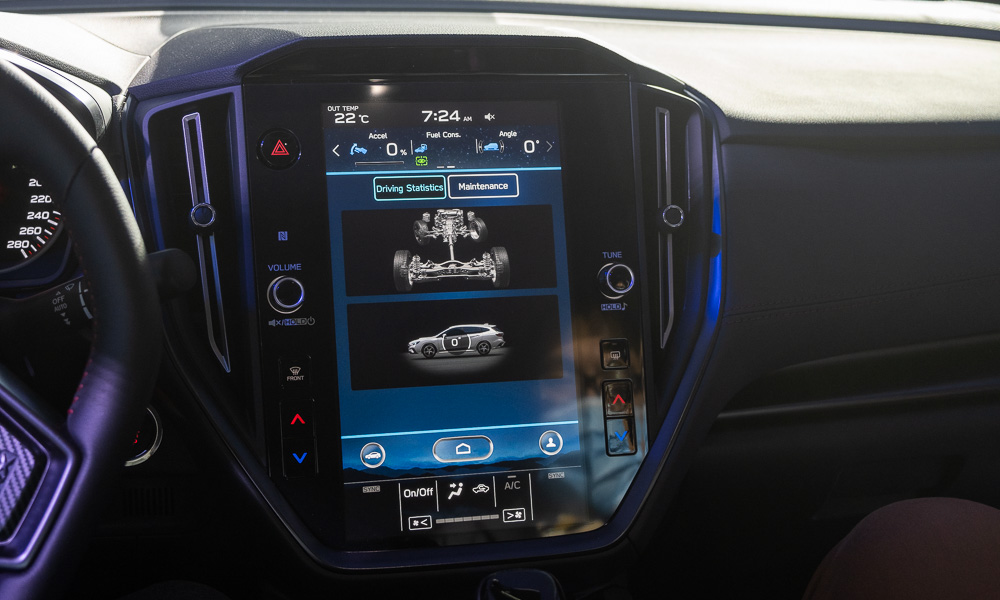
Finally, please, please stop taking away physical controls. Climate controls, volume control, and even newer features like auto brake hold and drive modes must always be easy to access.
And no, even if you always have them visible or on dedicated screens, it’s not the same as pressing a button or twisting a knob five times to set a specific temperature.
A couple of European brands like Audi, Porsche and Land Rover have haptic feedback and usually require a firm push to simulate the feeling of pressing a button, but it doesn’t come close to the satisfaction of mechanical actuation.
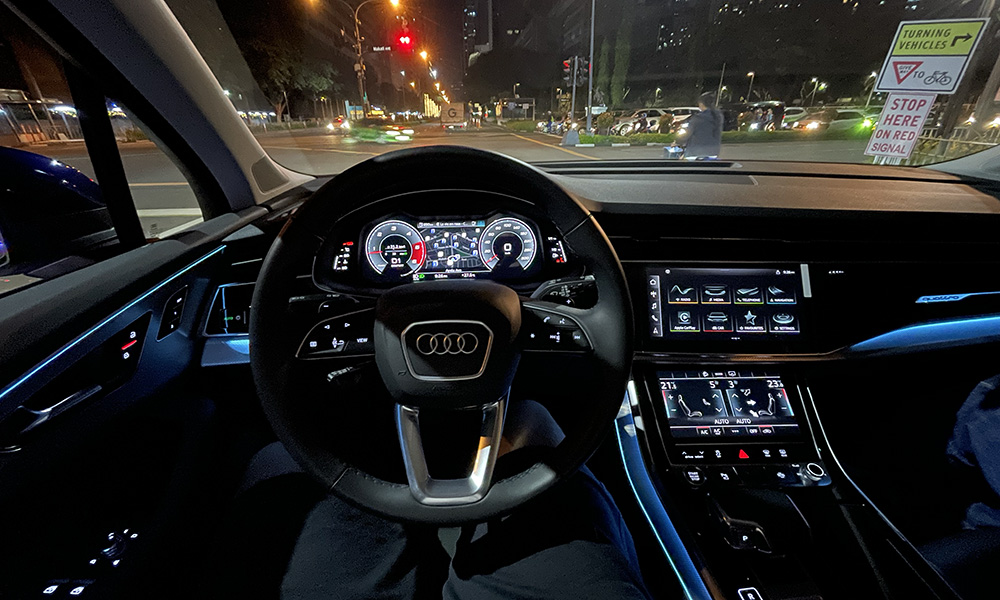
It made me realize that the convenience we get from having these big, beautiful displays in our cars comes at a cost, and it’s concentration. And as more and more vehicles come with automatic transmissions, people are interacting with their infotainment systems instead of actively rowing through gears and managing the third pedal.
I admit that people my age (I’m 24) are suckers for the constant stimulation we get from screens, and it’s especially bad when you’re behind the wheel of a 1,200kg metal box on wheels that can easily kill someone.
Even my colleague has noticed that I have become too reliant on and distracted by the technology presented to me while driving around, and even those can fail at times. Trust me, the kink in the tailgate of my Mazda CX-8 is a prime example of me putting too much faith in its parking sensors.
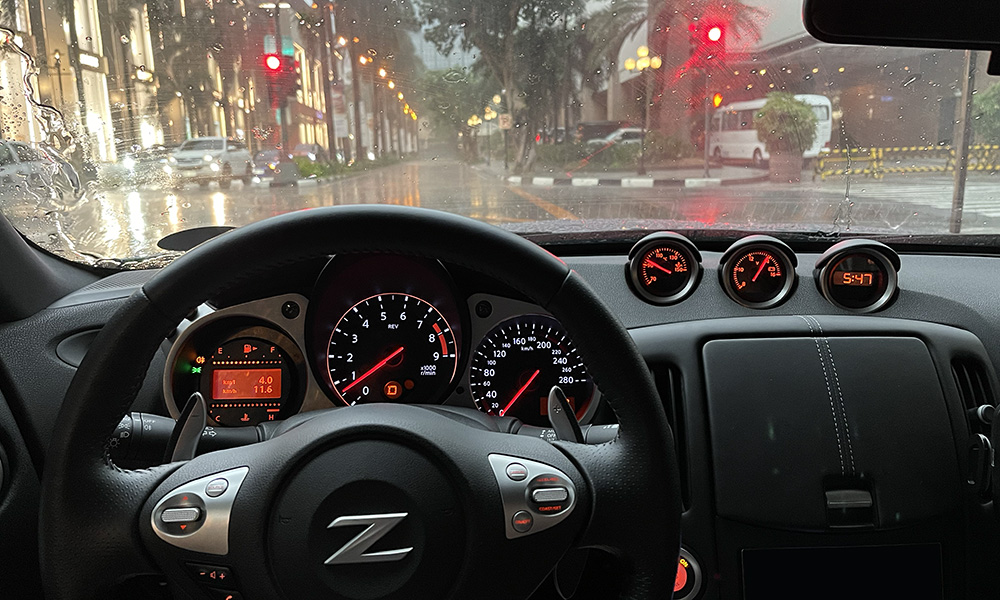
And yes, while self-driving and advanced driver safety tech are still not at the point of being able to safely take over, I think it’s time that automakers start finding ways to divert attention back to the road.
Only when self-driving cars can navigate our horrible roads without getting into accidents from other unruly drivers, then I can accept our car cabins turning into gadgets.
And if you ask me, after a few close calls on NLEX, I’d rather be that guy who stares at the road in boredom instead of watching TV Plus from a modified head unit.
Just like going on a social media or smartphone detox, try driving around with your infotainment screen off (and no phone in your field of view) or an older car without any electronics. You will be surprised how much faster you’ll react to things around you.

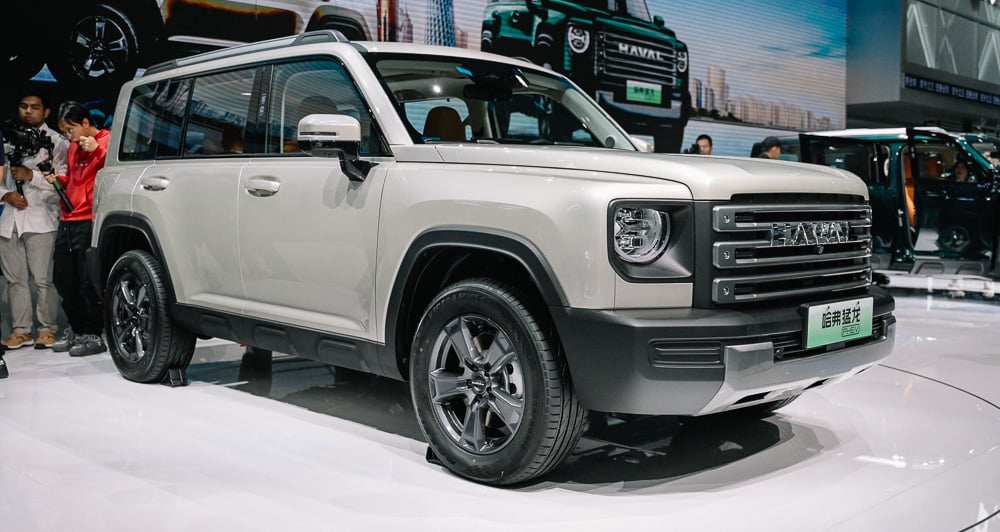
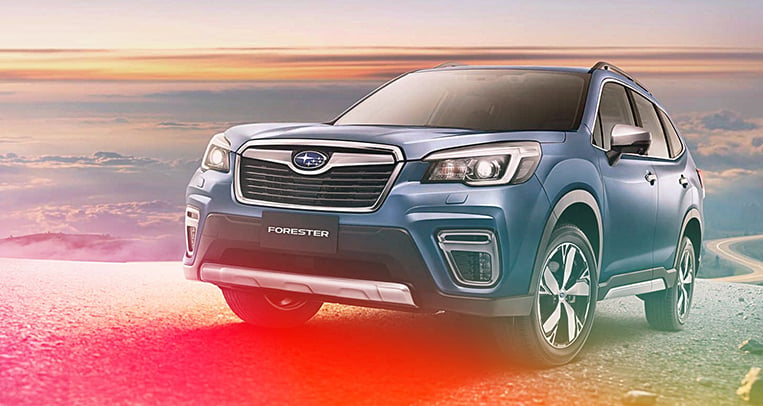
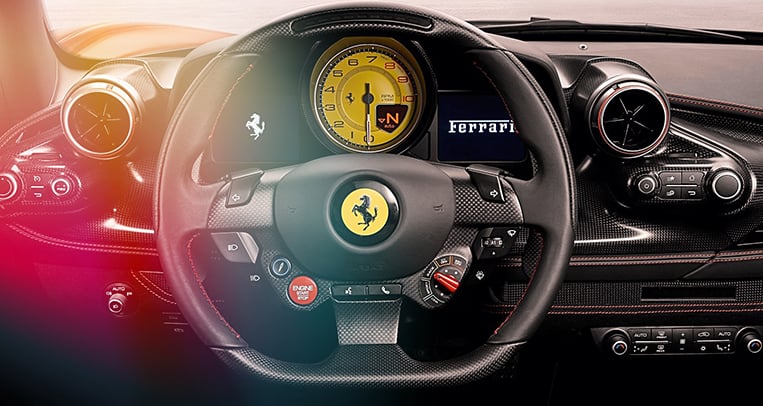
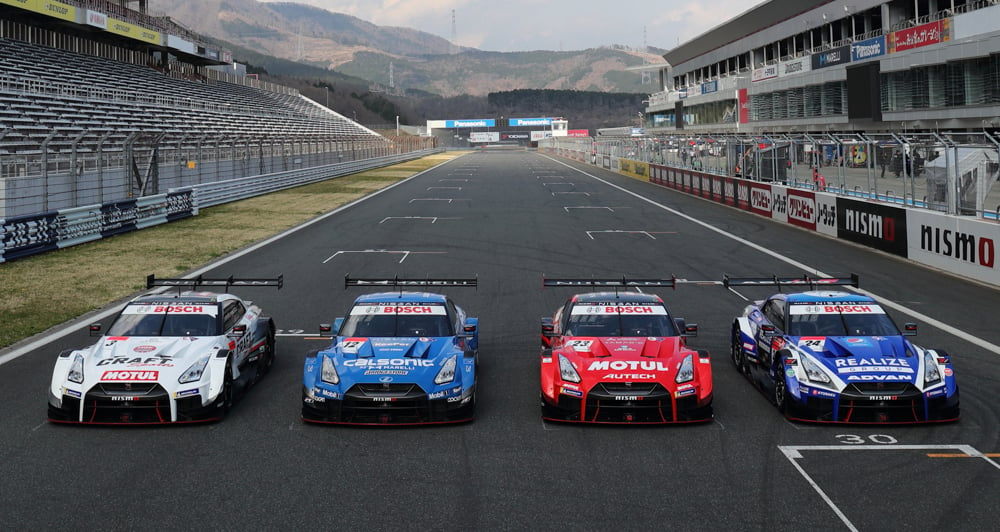
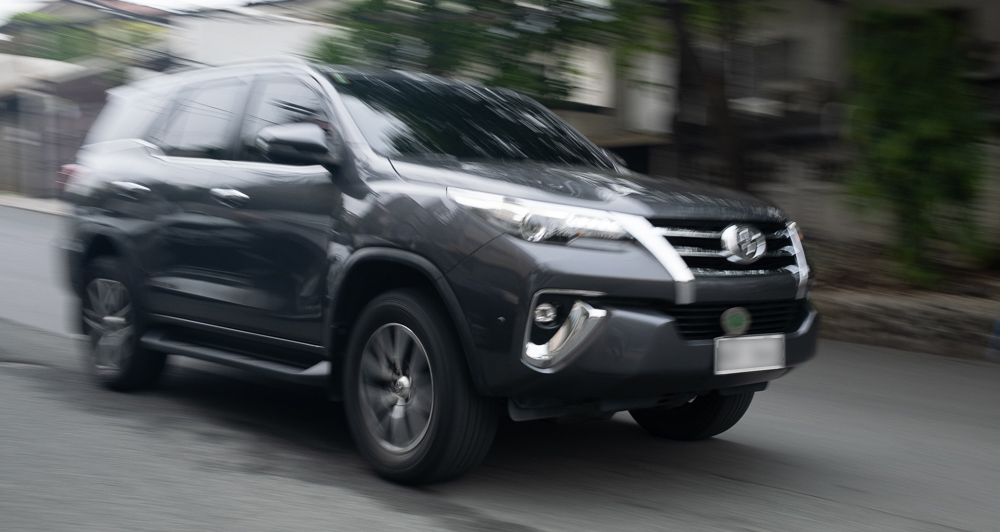

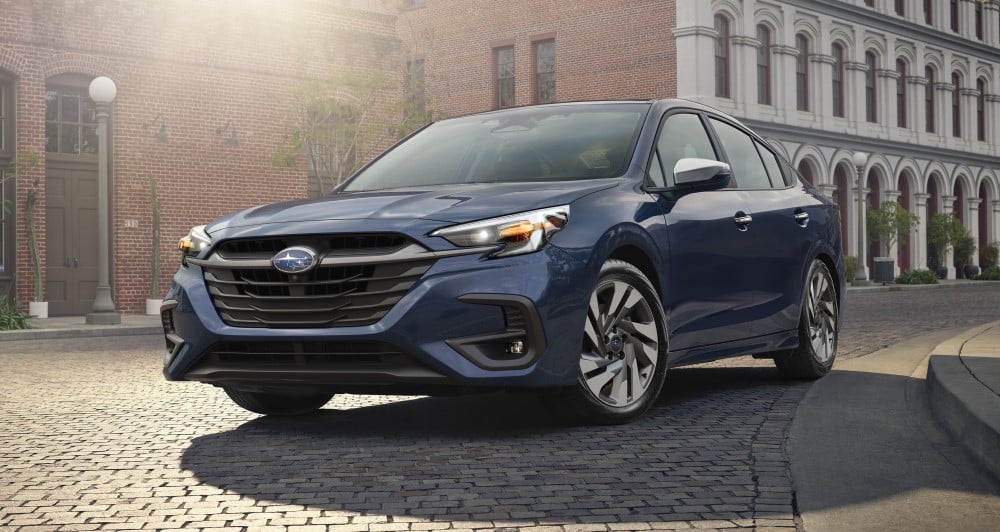
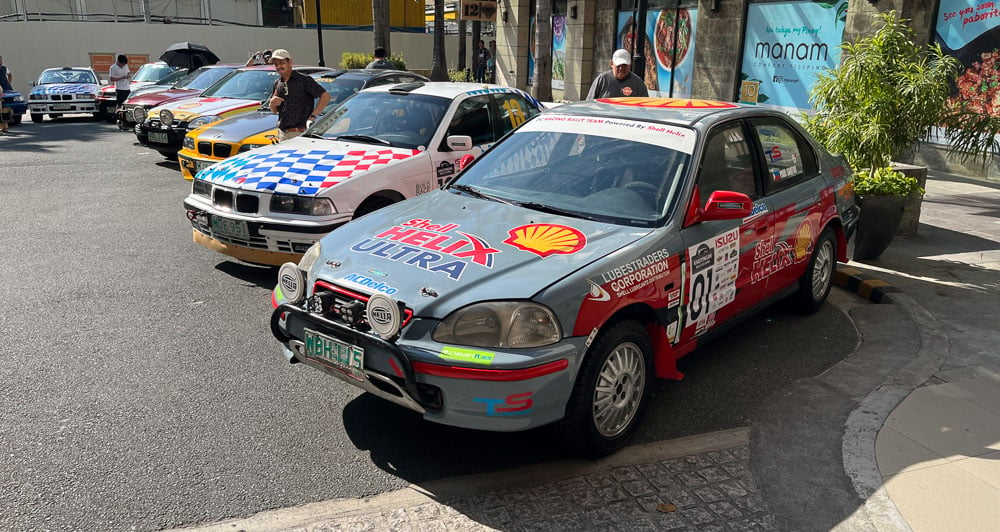

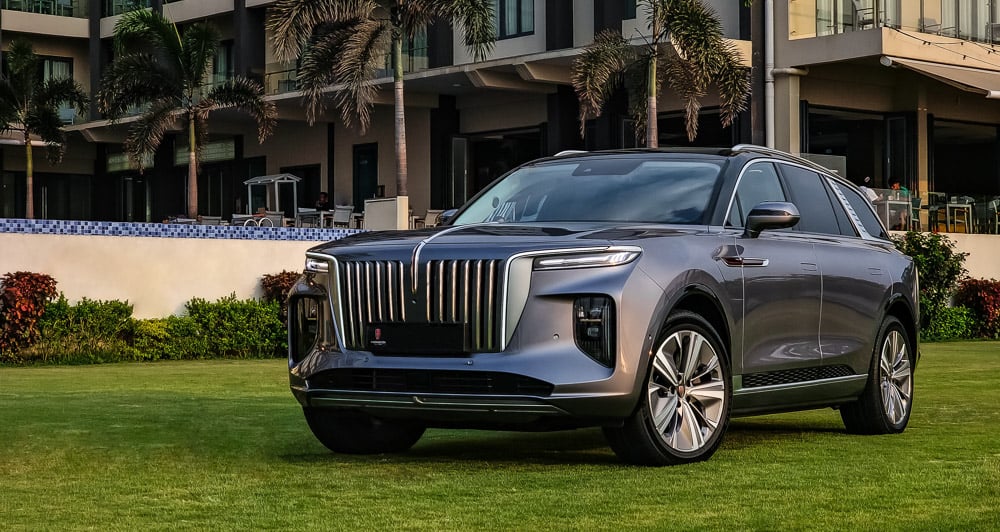
Comments